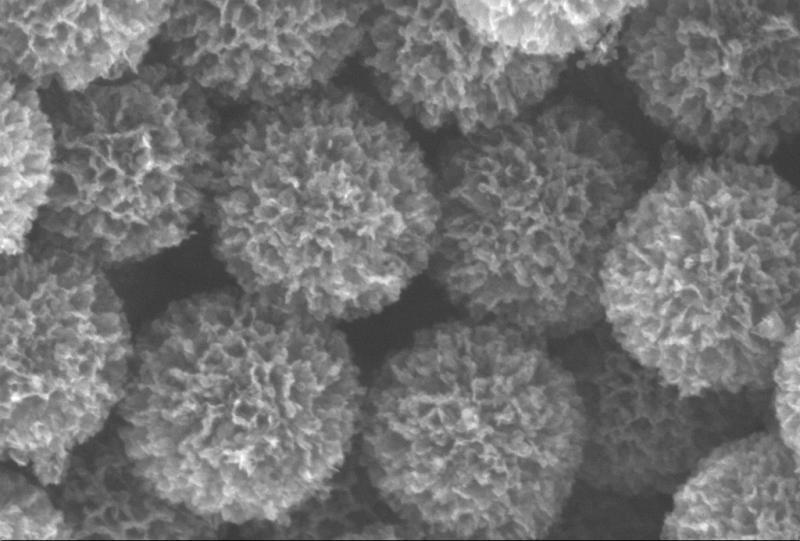
Breakthrough in Solar Thermal Energy Efficiency
The quest for clean and efficient energy solutions has led to numerous breakthroughs in the field of renewable energy. One such innovation has been achieved by researchers at IIT Bombay, who have developed a new material that has the potential to revolutionize the way we harness solar energy. The team, led by Dr. Yogesh Rashinkar, has created a nanostructured hard-carbon florets (NCFs) material that has achieved an unprecedented 87% solar-thermal conversion efficiency.
This milestone is significant, as it paves the way for more efficient and sustainable energy production. Conventional solar thermal materials often have harmful environmental impacts, such as high energy consumption and toxic waste generation. The NCFs material, on the other hand, offers a promising alternative that is not only more efficient but also environmentally friendly.
So, what makes this material so special? Let’s dive deeper into the details.
The Unique Structure of NCFs
The NCFs material is made up of nanostructured hard-carbon florets that are designed to absorb sunlight efficiently. The unique structure of these florets allows them to capture over 97% of sunlight components, including visible and ultraviolet rays. This is significantly higher than conventional solar thermal materials, which often struggle to absorb a substantial portion of sunlight.
The nanostructured design of NCFs enables effective heat retention and conversion, making it an ideal material for solar thermal applications. The florets are arranged in a specific pattern that allows them to trap heat and convert it into useful energy. This design also enables the material to maintain its thermal properties even at high temperatures, making it suitable for a wide range of applications.
Advantages Over Conventional Materials
The NCFs material has several advantages over conventional solar thermal materials. For instance, it requires less energy to produce and maintain, which reduces its carbon footprint. Additionally, it is non-toxic and biodegradable, making it a more environmentally friendly option.
Another significant advantage of NCFs is its ability to operate at a wider range of temperatures. Conventional solar thermal materials often require high temperatures to function efficiently, which can be challenging to achieve. NCFs, on the other hand, can operate effectively at temperatures as low as 50°C, making it suitable for a wider range of applications.
Potential Applications
The potential applications of NCFs are vast and varied. It can be used for a wide range of solar thermal applications, including power generation, water purification, and space heating. It can also be used for cooling systems, such as air conditioning and refrigeration.
In the power generation sector, NCFs can be used to generate electricity by converting solar energy into heat, which can then be used to produce steam. This steam can be used to power turbines, generating electricity.
In the water purification sector, NCFs can be used to purify water by using solar energy to heat the water. This can be particularly beneficial in areas where access to clean water is limited.
Conclusion
The breakthrough in solar thermal energy efficiency achieved by IIT Bombay is a significant step towards a more sustainable future. The NCFs material has the potential to revolutionize the way we harness solar energy, making it more efficient, sustainable, and environmentally friendly.
As the world continues to grapple with climate change and energy security, innovations like NCFs will play a crucial role in shaping the future of energy production. With its unique structure and properties, NCFs has the potential to transform the solar thermal industry and pave the way for a more sustainable and renewable energy future.
Source:






